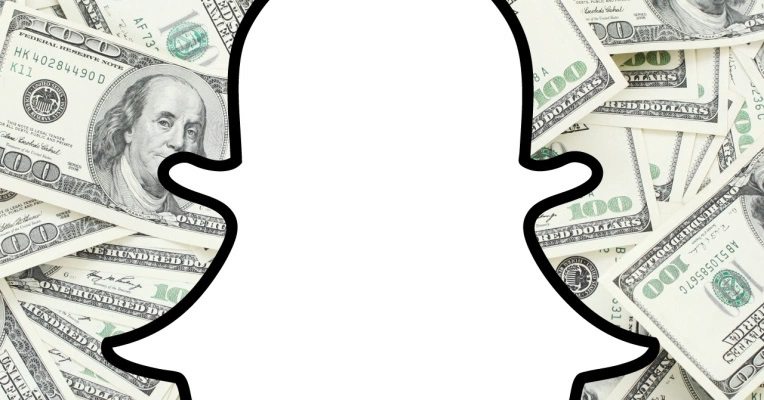3 Reasons To Consider Snap Inc (SNAP) Shares

Camera company Snap Inc (NASDAQ:SNAP) drove the market into a frenzy with its initial public offering (IPO) on 2 March, which was the biggest since Alibaba (BABA) went public on the New York Stock Exchange back in 2014. Snapchat, which is famous for its disappearing message app, sold over 200 million shares in its IPO raising $3.4 billion- and gave the green light to other tech companies considering a public offering.
But perhaps the real story is that SNAP stock in is now up by more than 50% giving the company a market cap of over $30 billion. As a comparison, this already surpasses the market cap of established companies like American Airline (AAL), Twitter (TWTR) and Hersheys (HSY) although it is nowhere close to Facebook’s (FB)massive $397.6 billion market cap.
Analysts are now wary that the rally has gone too far too fast. Shares are currently trading at $27.09 versus the average analyst price target on TipRanks of $15.5 (-42% downside) .Five-star Pivotal Research analyst Brian Wieser points out that Snapchat faces “aggressive competition” from companies like Facebook, Whatsapp and Instagram, while noting that management is inexperienced at running a successful public company as opposed to just a successful new product.
It’s true that the company has a long way to go: Snapchat posted a net loss of $514.6 million in 2016 and warned that it ‘may never achieve or maintain profitable’, according to the filed IPO prospectus. However, investors have nonetheless proved very keen to buy Snapchat shares right now. Here are three reasons why these investors may well be right:
- Snapchat is unique
Snapchat does have competition. And some of the competition is very similar. Whatsapp, for example, has recently introduced 24 hour statuses and the ability to add emojis, text and drawings onto photos. However, Snapchat still feels different to these other offerings. First of all, SNAP’s data policies appear less dubious than its competitors; content completely disappears after 24 hours- even from Snapchat’s own servers. Users can also choose to save photos in a special section only accessible by a pin code.
At the same time, the emphasis on making your own spontaneous, expressive content is more engaging both for the image creator and their friends. The app allows you to experiment with multiple innovative ‘selfie’ filters- which morph you into Harry Potter or a cute mouse or even switching faces with friends and writing texts over the top. The point of all this is that Snapchat is more fun than its competitors. It’s more silly. And it’s certainly more vain- the focus after all, being your face. And (at least as far as Snapchat and its investors are concerned) this can only be a good thing.
- Strong growth story
While the current market cap valuation may appear extreme, examining Snapchat’s advertising revenue potential reveals the real Snapchat success story. Snapchat’s social media platform is a very effective advertising medium, both in terms of branded filters and vertical full screen videos called Snap Ads. On average over 60% of Snap Ads are watched with audio on. Snapchat has also enabled interactive attachments so that a viewer can respond to an advertisement directly from a Snap Ad without leaving the application.
Major companies want to take advantage of these ad opportunities to reach some of the 158 million people who use Snapchat daily (and create 2.5 billion Snaps a day); Wendy’s for example attracted 42,000 incremental people following a Sponsored Geofilter for its Jalapeño Fresco Chicken Sandwich. A similar Superbowl filter from Gatotrade generated an impressive 165 million views. And most importantly, Snapchat gives advertisers access to a crucial demographic: millennials. Out of all Snapchat users, 63% are between the ages of 18 and 34.
- Mobile advertising
From a more macro perspective, Snapchat is in the right place at the right time. The fastest growing segment in terms of ad spend is mobile advertising which is expected to grow nearly 3x from $66 billion in 2016 to $196 billion in 2020. Snapchat says that one of the major factors driving this growth is the shift of people’s attention from their televisions to their mobile phones, especially for younger demographics. Global information and data company Nielsen showed that people between 18 and 24 spent 35% less time watching traditional (live and recorded) television in an average month during the second quarter of 2016 compared to the second quarter of 2010.
Disclaimer: The author has no positions in the stock mentioned. This article is intended for informational and entertainment use only, and ...
more



Personally I'm pretty excited about #SNAP. I have high hopes for $SNAP